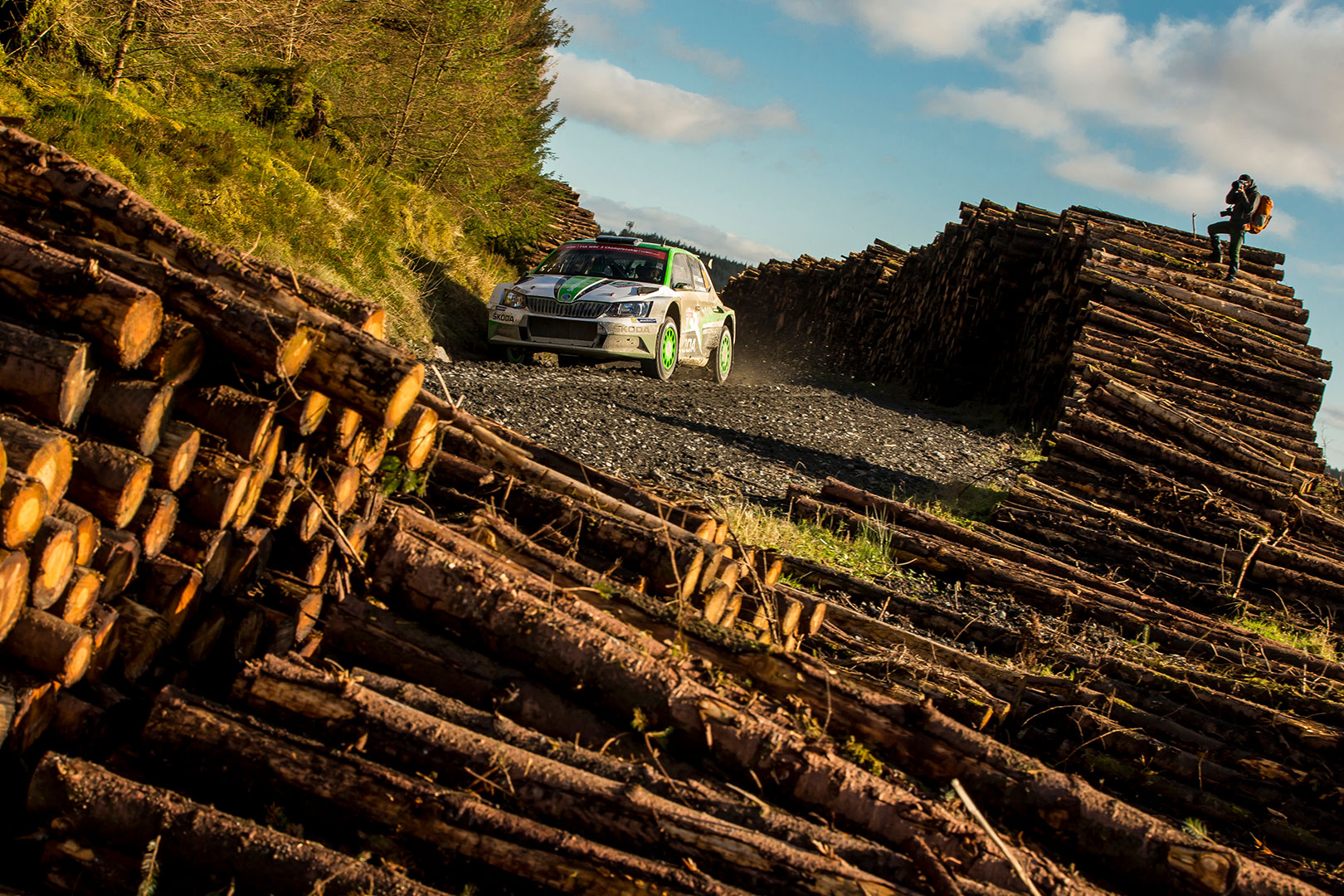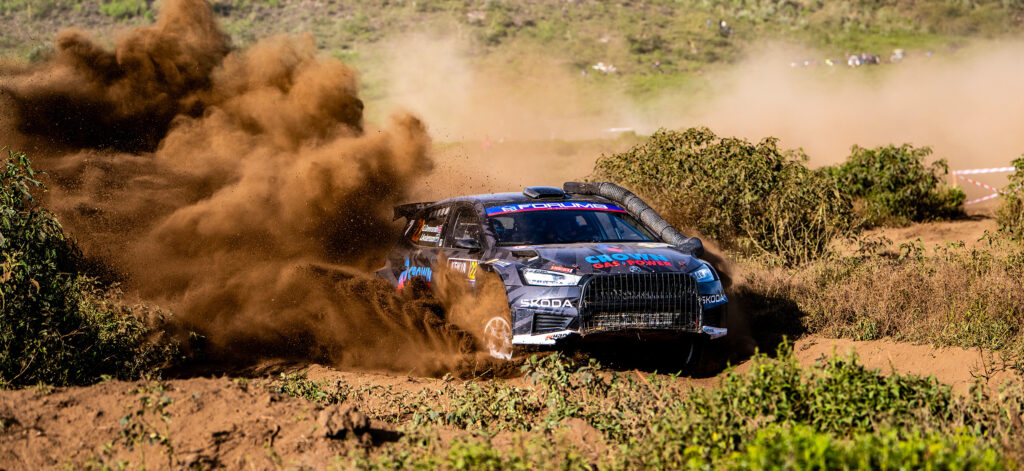Hills, forests, moorlands, rain and sheep. Lots of sheep. That’s the Rally Wales, GB, which starts on October 4th. While it may not seem as alluring as the more exotic rallies, like the recent Rally Turkey, the Wales has its own inimitable magic. You may get soaking wet somewhere in the deep forest, waiting for cars to come blasting by, but isn’t that what rallying is all about?
With its characteristic mix of fast, flowing tarmac stages through moorland and gravel forest roads, this rally is a legend. And we can’t wait to see how Pontus Tidemand and Kalle Rovanperä will perform there.
History
Founded in 1932, when an astounding 341 competitors entered the inaugural Royal Automobile Club Rally, it is one of the most traditional events in the calendar. It hasn’t always looked like it does now, however. The forest stages weren’t introduced until 1960, and the rally used to run through three UK countries – England, Scotland and Wales. Since 2000, it has been based almost exclusively in Wales.
Recent legislation brought a great change to the rally. Public roads can now be closed for the competition, so it’s possible to connect the traditional gravel forest tracks with short sections of tarmac roads, creating longer and more interesting stages.
Route
The introduction of the tarmac link brought the return of the extended Penmachno stage on Friday, and merged the Brenig and Alwen stages into a 29.13 km long section, the longest of the rally. Other new tests include Friday’s Slate Mountain, driven twice at a popular tourist attraction, and Sunday’s Elsi.
If you are in search of a stunning view, don’t miss the Tir Prince which kicks off the rally. The combination of high-flying jumps and flames lighting up the night sky will be spectacular. Another place for great viewing is Saturday’s Sweet Lamb arena, after which the cars head to the adjoining Hafren Forest.
The final spectacle will be the Great Orme Llandudno on Sunday, which is driven along the twisting ribbon of tarmac around the headland, before entering the narrow streets of the town and finishing on the beachside promenade.
Challenges
In Wales, the crews will be facing several challenges unique to this rally. While the tree-lined forest tracks are not technically difficult, they can be treacherous if they are muddy, which they are whenever it rains. And that’s often. If the rain isn’t enough for you, then prepare for another British staple: the fog. We probably don’t have to emphasize that driving at speed in fog is extremely tricky. So is driving through a forest with piles of logs close to the track – which have to be avoided at all costs.
Just to make things even more interesting, there is no service on Super Saturday. If you damage your car in the morning, you can’t fix it until the evening.
We will be adding more interesting info before the rally starts – watch this space for links of new information!








